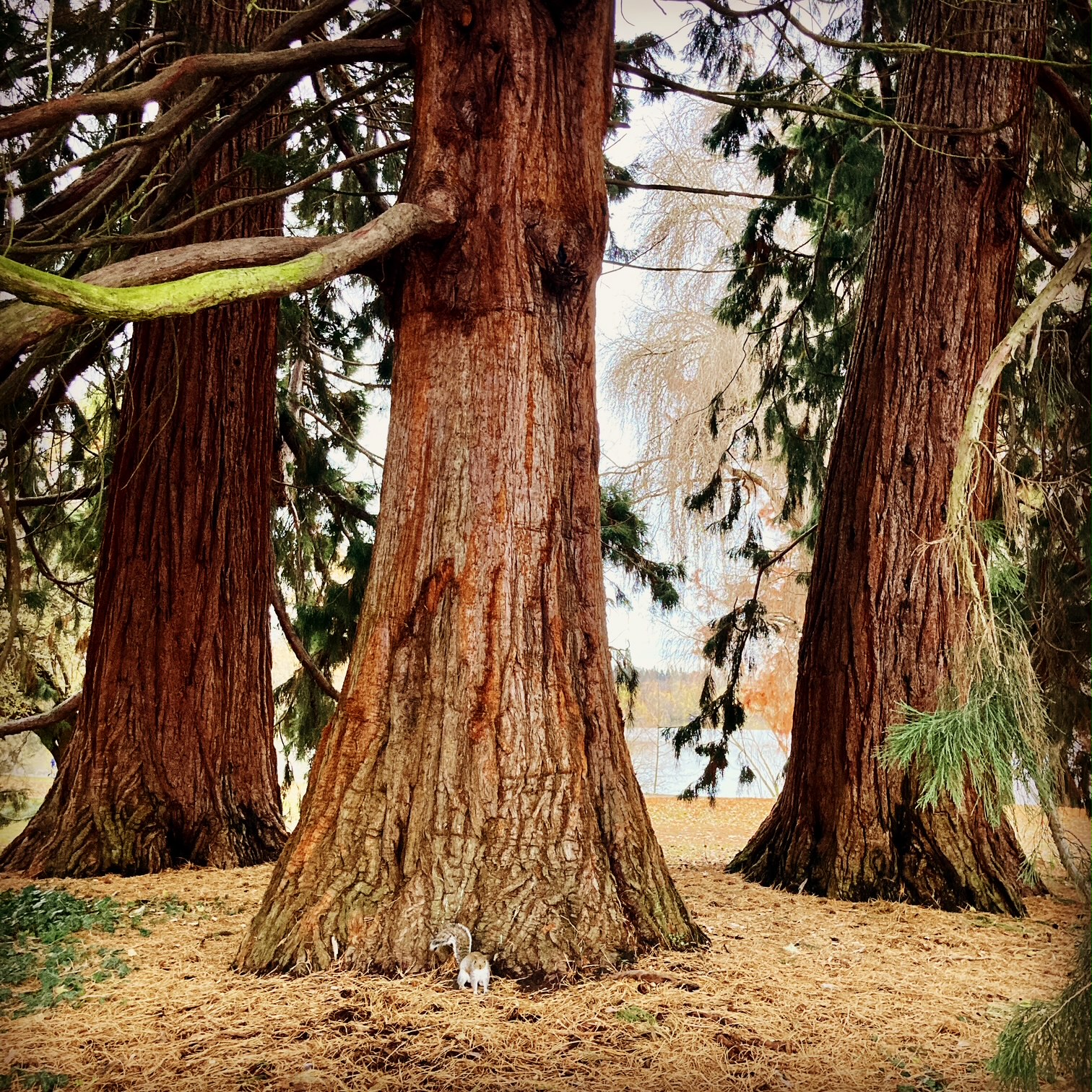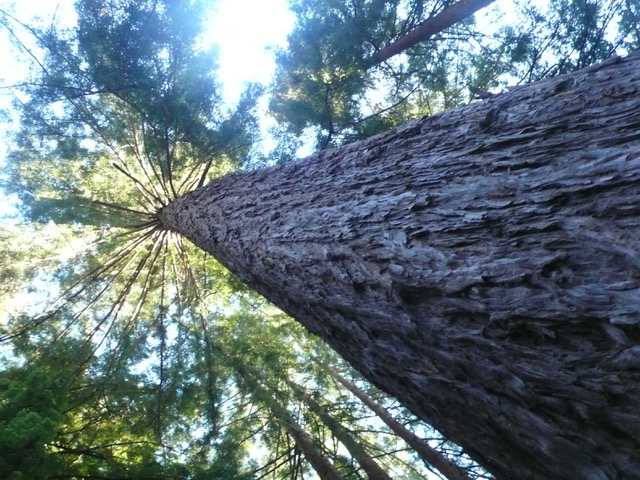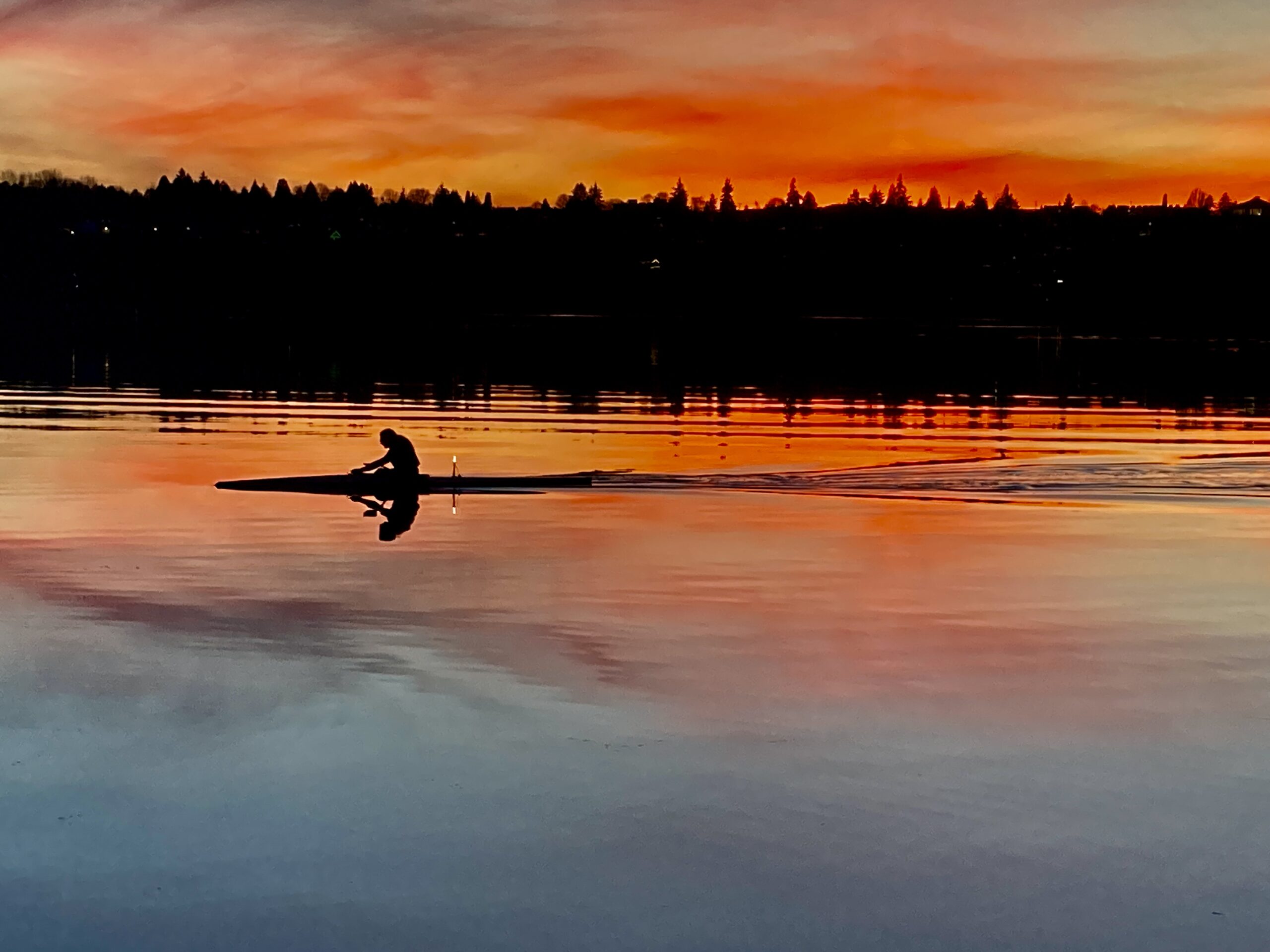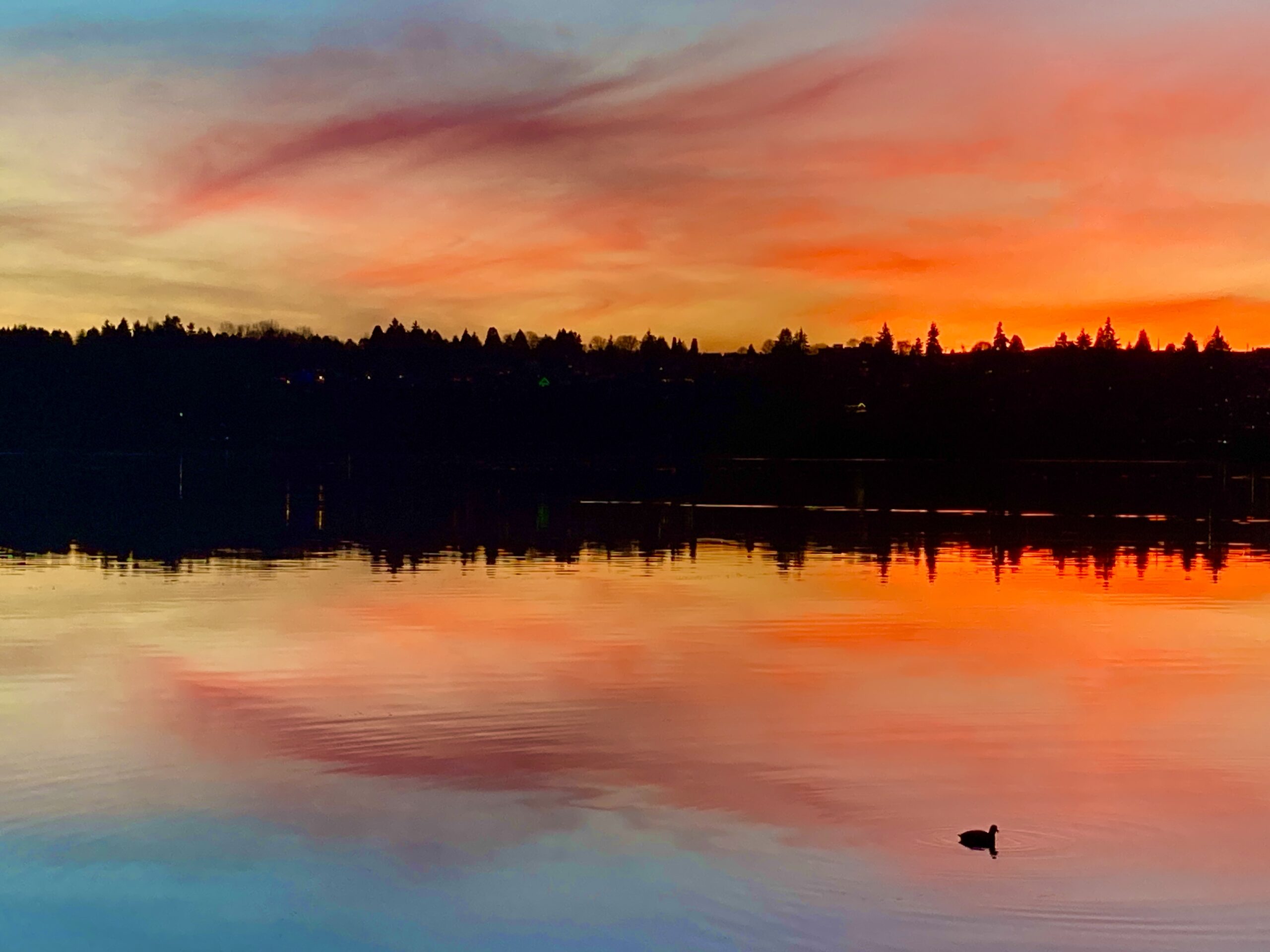While in South India a little over a month ago, we really did take a walk on the wild side. India is a land of extremes. Summer temperatures can exceed 38 degrees Celsius. Just two days ago, during one of the longest heat waves in India, India hit a record temperature of 51 degrees Celsius (123.8 Fahrenheit) in the north-western town of Phalodi.
In this land of extremes, I learned about and saw a fascinating variety of animals. We visited Periyar National Park, a dense tropical forest, a refuge for the native wild Asian elephants. From a boat on Lake Periyar, we saw elephants come to the lake to drink one evening. It was an exhilarating experience. The anticipation of and then actually seeing the elephants in the wild, made us (those sitting near me and myself) giddy and silly, so much that the uptight French tourists on the other side of the boat were giving us dirty looks because they wanted “Du Silence”! Of course, their disapproving looks only made things worse and we became uncontrollably giddier. (Yikes, the French tourists ended up at our hotel that very same evening and I am sure they had very strong opinions about us when, at the dinner table, a cicada dropped onto one of my group participant’s clothing and caused great alarm! She had never seen a cicada before and had no idea what sort of insect was clinging tightly to her!)
On the following day, in the wee hours of the morning, we were led by three guides/naturalists through the dense forest on foot, where again we saw the elephants and a rich variety of wildlife. The guides really knew their birds and animals, but they struggled with their English. Still, they managed to teach us about the wildlife around us. Later, I did some research on the wildlife of Periyar Park in South India. With the guides’ information and what I found on line, below are some fascinating facts about South Indian wildlife (wildlife habitat of the animals below ranges beyond Periyar National Park):

Dense forest in Periyar Natinal Park
A wild Asian elephant:
- They eat 130 kg-169 kg of vegetation per day!
- In Periyar National Park, water hyacinth becomes an important food source for elephants when grass dies in the dry season.
- The tip of the trunk is prehensile for easy grasping of grass and other leafy vegetation.
- An elephant drinks 100 liters of water every day just to survive. Tourists who come to Periyar Lake by boat can always expect to see the elephants come to the water’s edge in the evening to quench their thirst.
- As you can imagine, elephants produce prodigious amounts of dung. Butterflies feast on the dung, benefiting from the minerals found on it! There were many colorful butterflies throughout Periyar National Park.

One of our guides proudly displays a clump of dry elephant dung
- The adult females create a mobile fortress for the baby elephants. This way, the calf stays safe from the Royal Bengal Tigers. Mother elephants are fiercely protective of their young.

Baby is in the middle of the elephant fortress
- Female elephants gather to witness births and to witness the first steps of the baby calf! The calf does not walk immediately, but within hours it will be walking underneath its mother in its early infancy, never losing contact with her body.
- The elephants stay in herds because an extended family increases chances of survival.
- A bull can weigh as much as 6 tons (the largest Asian bull ever recorded weighed just over 7 tons).
- When compared to African elephants, the Asian elephant is slightly smaller and has smaller ears. Elephants are excellent swimmers, using their trunks as snorkels.

Smooth-Coated Otter:
- These Asian otters are larger than other otters and have shorter coats and fur-less noses. We saw them swimming in Lake Periyar.
- They are used for commercial fishing in Bangladesh. They are bred in captivity and trained to chase fish into fishing nets.
- Otters can stay underwater for 8 minutes.

Please Note: Asian Otter photo is not my photo, taken from the web
Cobras:
- Happy to report I did not see a cobra in the wild. I did not even see the occasional snake charmer working to collect some money. Snake charmers are being outlawed these days. A ban has been in effect since 1991, but only recently is being enforced by the government. Apparently the government views snake charming as offensive to the culture, a bit backwards. There was a news article that talked about how upset the snake charmers are. Some 800,000 snake charmers are up in arms over the now enforced ban and recently took to the streets to protest the loss of their livelihood: article
- Cobras are snake eaters!
- The venom from one cobra bite can kill 10 humans. I read one account that the venom from one bite can kill 26 people. Look on line and you will see a variety of numbers. Even if the number were just one, it would be a terribly frightening statistic. Cobra venom is neurotoxic and spreads extremely quickly throughout the bitee (I just made up that word..Cobra is the biter and the victim is the bitee!).
Giant Squirrel:
- Ok, so when the guide pointed out the Giant Squirrel up in a tree overhead, we didn’t understand him at first. I truly believe the word “squirrel” is one of the most difficult English words to pronounce for non-native English speakers. And besides, even if we did understand, the animal we saw up in the tree could not possibly be a squirrel. We were in disbelief. The giant squirrel is a beautiful creature. It mostly stays up in trees, where it is safe from predators.
- One single leap from tree to tree measures a span of 6 meters or more.
- The Indian Giant Squirrel is only found in tropical forests.
- And Indian Giant Squirrel has the cutest round ears and a “hand” with an inner paw for gripping.
- They weigh over four times more than our common Western squirrel. The Indian Giant Squirrel weighs up to four and a half pounds and the average squirrel we see in America and Canada weighs about one pound.
- They are omnivorous, eating flowers, fruit, eggs, and insects.
- An Indian Giant Squirrel group is called a “dray or scurry”. We did not see a scurry of squirrels and I am relieved that our guides did not have to use the expression “a scurry of squirrels”

Indian Giant Squirrel (Photo is not mine, and was found on line, but I wanted you to see its adorable ears and human-like hands.)

This is my photo of the Giant Squirrel
Macaques:
- Found in Wikipedia: “Macaques have a very intricate social structure and hierarchy. If a macaque of a lower level in the social chain has eaten berries and none are left for a higher-level macaque, then the one higher in status can, within this social organization, remove the berries from the other monkey’s mouth.”
- Their diets consist mostly of fruits.
- The number one fruit for the macaque are the figs from the Ficus tree
- Macaques can live in social groups of 30 members. The leader is generally a female.
- Males tend to the young.
- Macaques can swim (and occasionally can be seen soaking in hot springs in Japan).

I caught this one yawning!
Golden Langur:
- They use all four legs and tail for balance.
- The langur and the forest deer have a friendly relationship: The langurs hang out in trees and disturb the red silk cotton flowers, which then fall to the ground for the deer to feed on.
- The langur feasts mainly on leaves, but also eats fruits, grass, and flowers.
- They live in groups of up to 40 individuals.
- They are capable of jumping over rivers. They can jump about 10 meters. They have to jump rivers because they cannot swim!
There are countless frogs in Periyar Park. There were so many that we had to dodge them so as not to crush them under our boots. There is also a seemingly infinite variety of birds in the park. Here is a list I found on line (Some in our group got photos of the blue flycatcher. It is other-worldly!):

Dee birding!
About 265 species of birds can be seen in the park, including migrants. Endemic birds include the Malabar grey hornbill, Nilgiri wood pigeon, blue-winged parakeet, Nilgiri flycatcher, crimson-backed sunbird, and white-bellied blue flycatcher. Other birds include the black baza, spot-bellied eagle-owl, Nilgiri thrush, little spiderhunter, rufous-bellied hawk-eagle, brahminy kite, great hornbill, Sri Lanka frogmouth, Oriental darter, and black-necked stork.
View link to see the variety of wildlife in the park (not all birds and mammals are listed in this blog, for example, we saw kingfishers, wild pigs, sambar, and spotted deer)

Frog Dodging! All those blurred black lines are frogs jumping (hard to see, but seriously, there were thousands and I am afraid to say that we stepped on more than a few).
We saw a fair number of cormorants and egrets. The egrets eat fish and the many frogs we were trying so hard not to step on. The egrets appear to be the ambush specialists as they can stand still for hours and wait for a fish to appear.
Cormorants:
- Cormorants are aquatic birds whose feathers are not waterproofed! That is why they often perch with their wings outspread (in order to dry their feathers in the sun).
- Cormorants have no external nostrils so they breathe through their mouths.
- They cool off by fluffing their throats.
Termites:
- Last but not least, the termites! Some 100,000 termites can live in one colony. They clear up dead wood and turn it into compost for the soil!








So glad we got that incredible experience together! Amazing South India!! Fran
Fran, you captured the experience so well. It was indeed the trip of a lifetime and we saw so many things that I would never have been able to see on my own. Thank you and thanks to Kelly and Arvind! Susan
Very informative, Frannie. Thank you!
Rick
Thanks, Rick!!